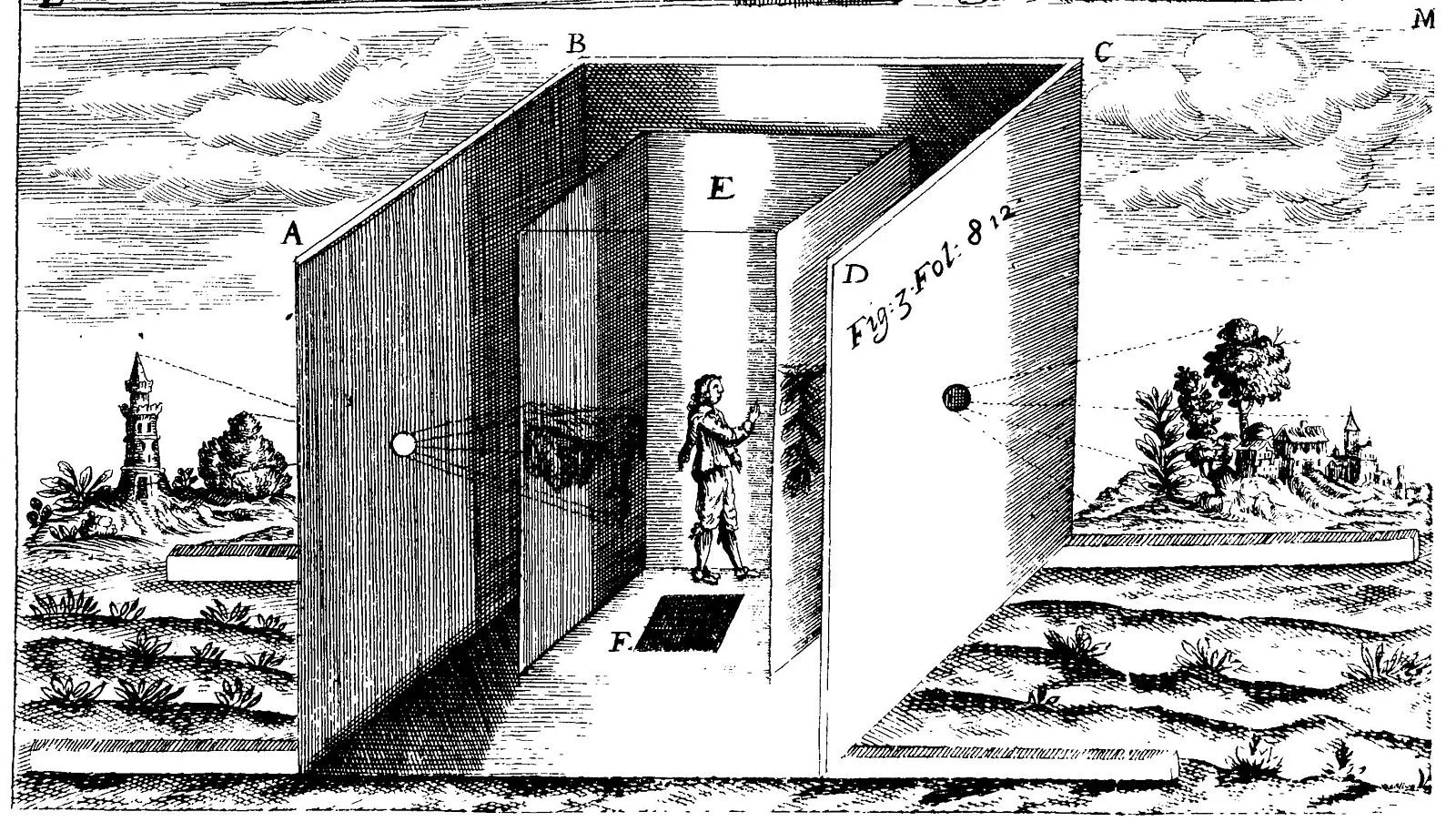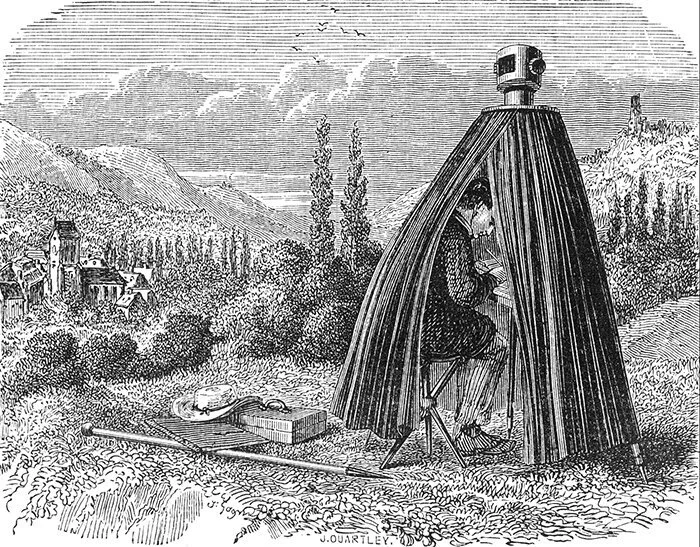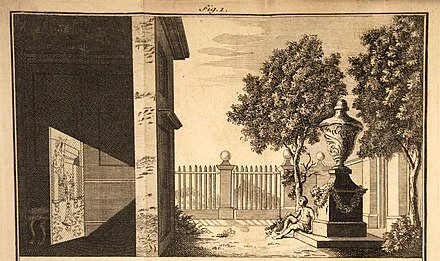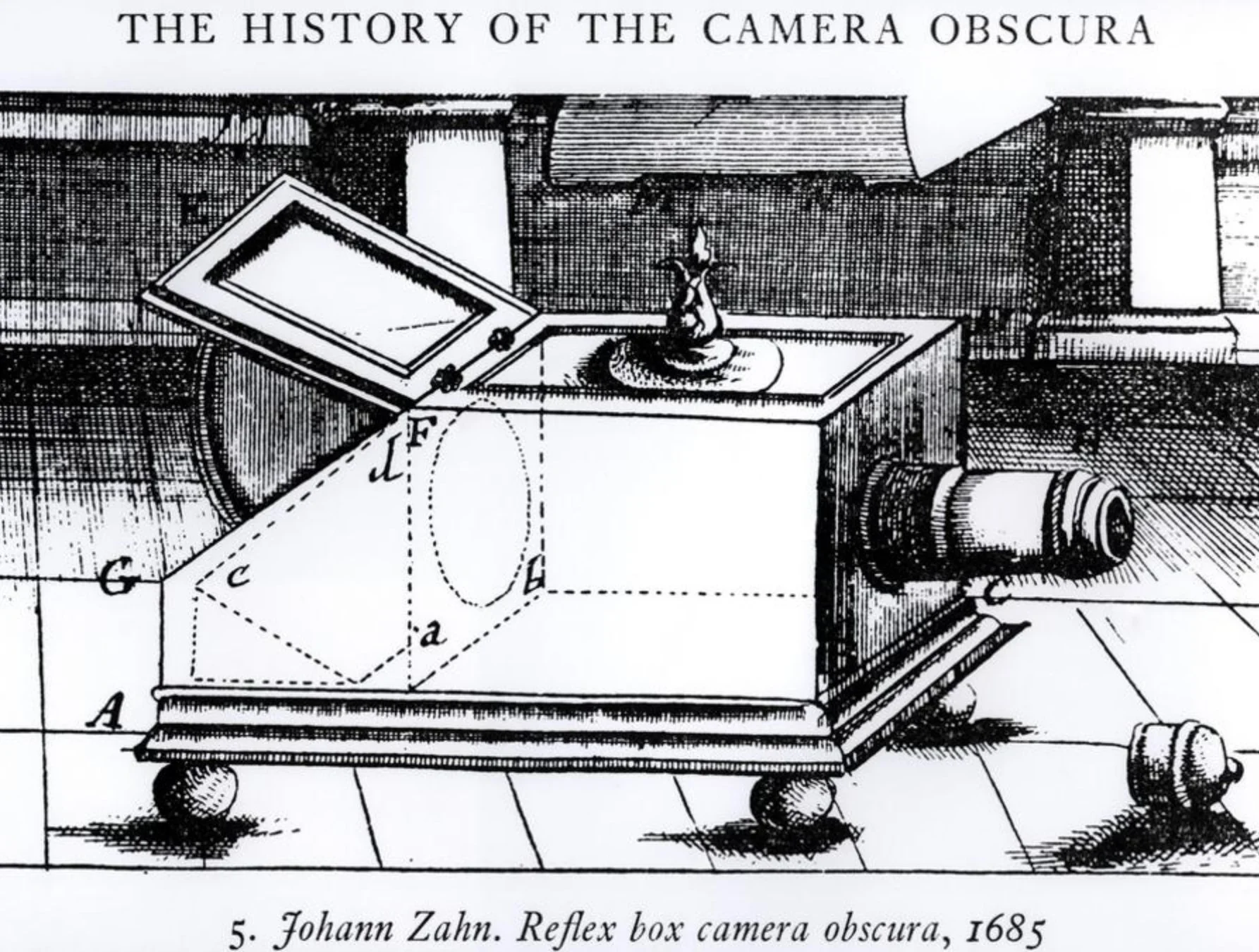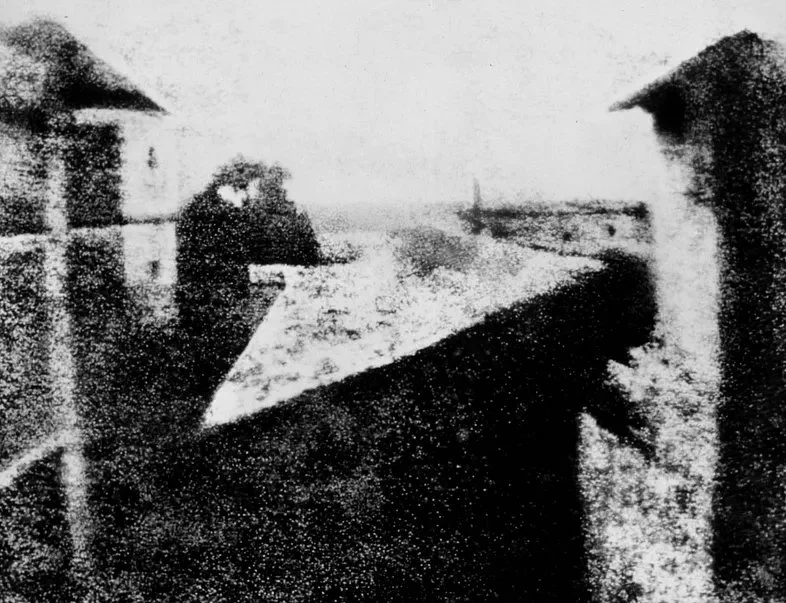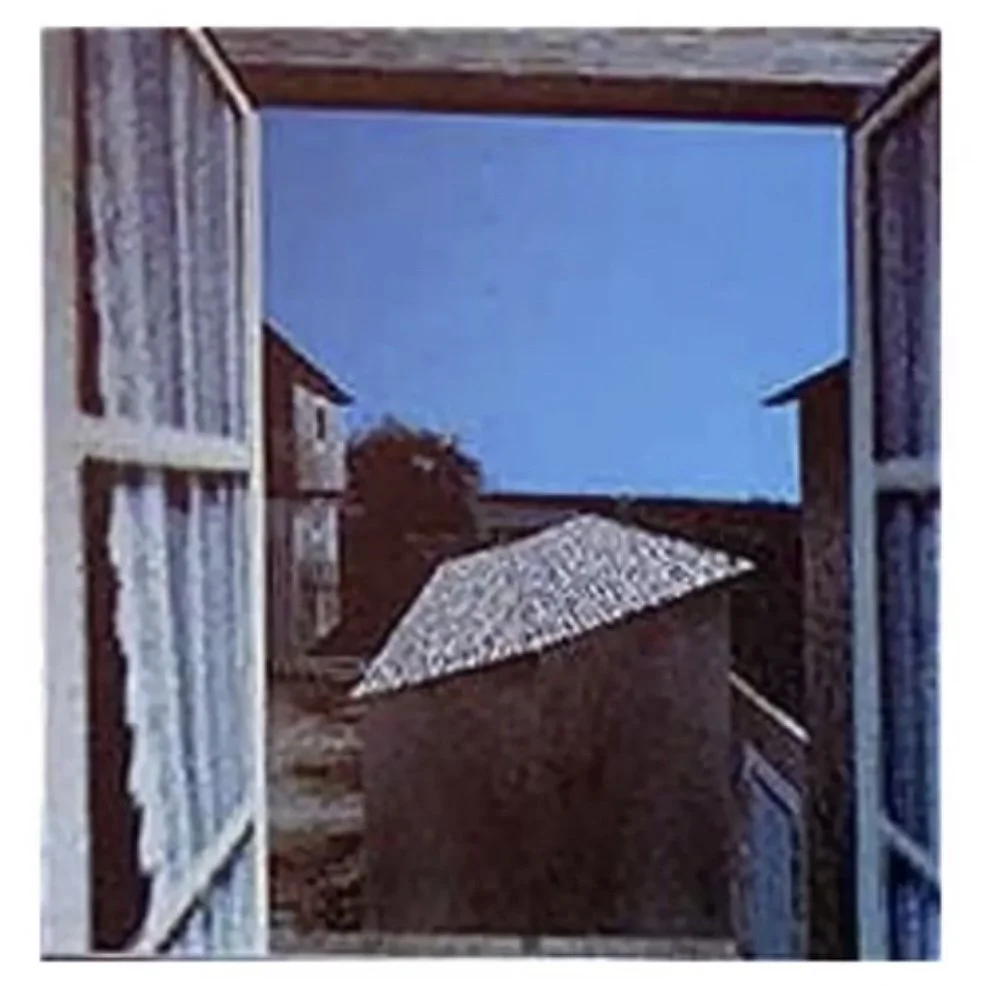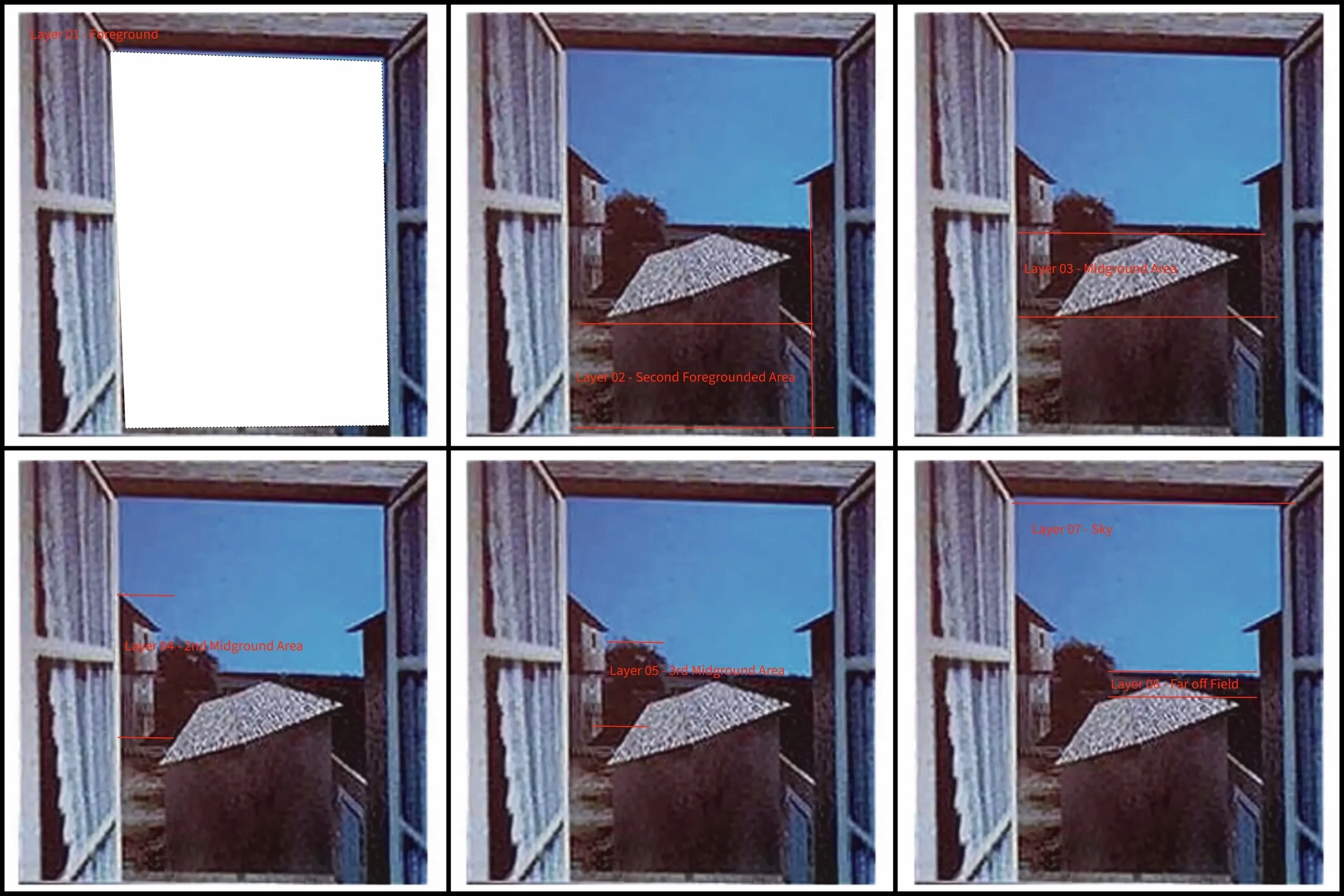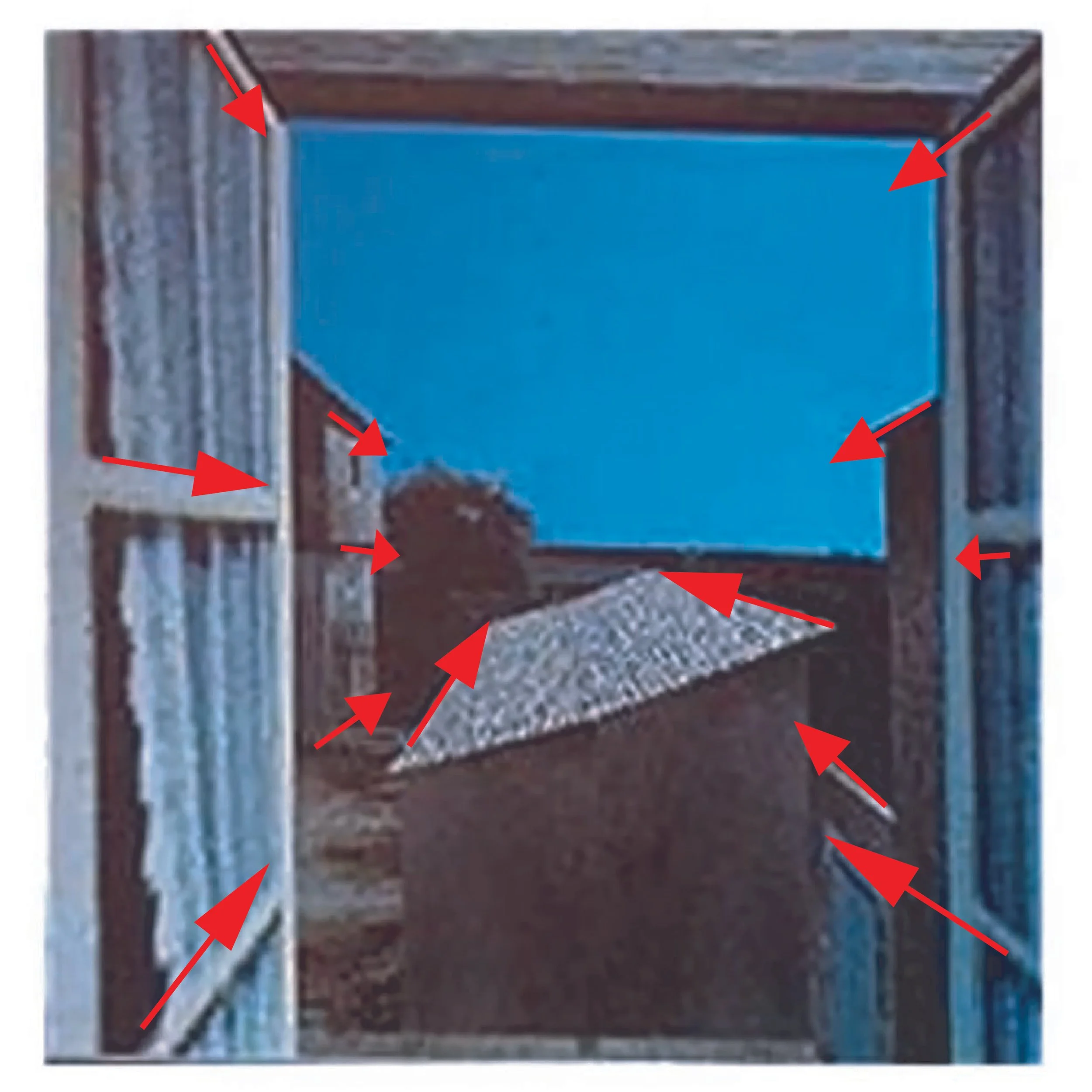Lecture 02: Portraiture & the Carted-de-Viste (1839-1900)
Key Works
1) Various British and French Carte-de-Viste, 1860s-1870s (Slides 01 & 02)
2) André Adolph-Eugène Disdéri, Emma Livry, 1859-61 (Slide 03)
3) André Adolph-Eugène Disdéri, Uncut Albumen Contact Sheet, 1854 (Slide 03)
4) William Hall, Eminent Ministers (taken from life), 1862 (Slide 04)
5) Richard Beard, Jabez Hogg Taking a Daguerreotype Portrait of Mr Johnson in London, 1842 (Slide 04)
6) Photographer Unknown, Eugen Sandow, 1880s (Slide 04)
7) John Wesley Thomas, Two Young Women, 1864 (Slide 05)
8) Back side of Carte-de-Viste (Slide 05)
9) M.B. Brady, Prof. Thomas Edison, 1878 (Slide 06)
10) Photographer Unknown, Prince Albert, 1850s (Slide 06)
11) Nadar, Sarah Bernhardt, 1859 (Slide 07)
12) Nadar, Theophile Gautier, 1854-55 (Slide 07)
13) Photographer Unknown, Frederic Douglass, 1848 (Slide 08)
14) Photographer Unknown, Frederic Douglass Carte-de-Viste, 1863 (Slide 08)
15) G.W. Wilson, Queen Victoria on ‘Fyvie’ with John Brown at Balmoral, 1863 (Slide 09)
16) William James Topley, Studio Portrait of Lady Dufferin and Children in a Winter Setting, 1873 (Slide 09)
17) E.J. Bellocq, Untitled, 1912 (Slides 10-13)
